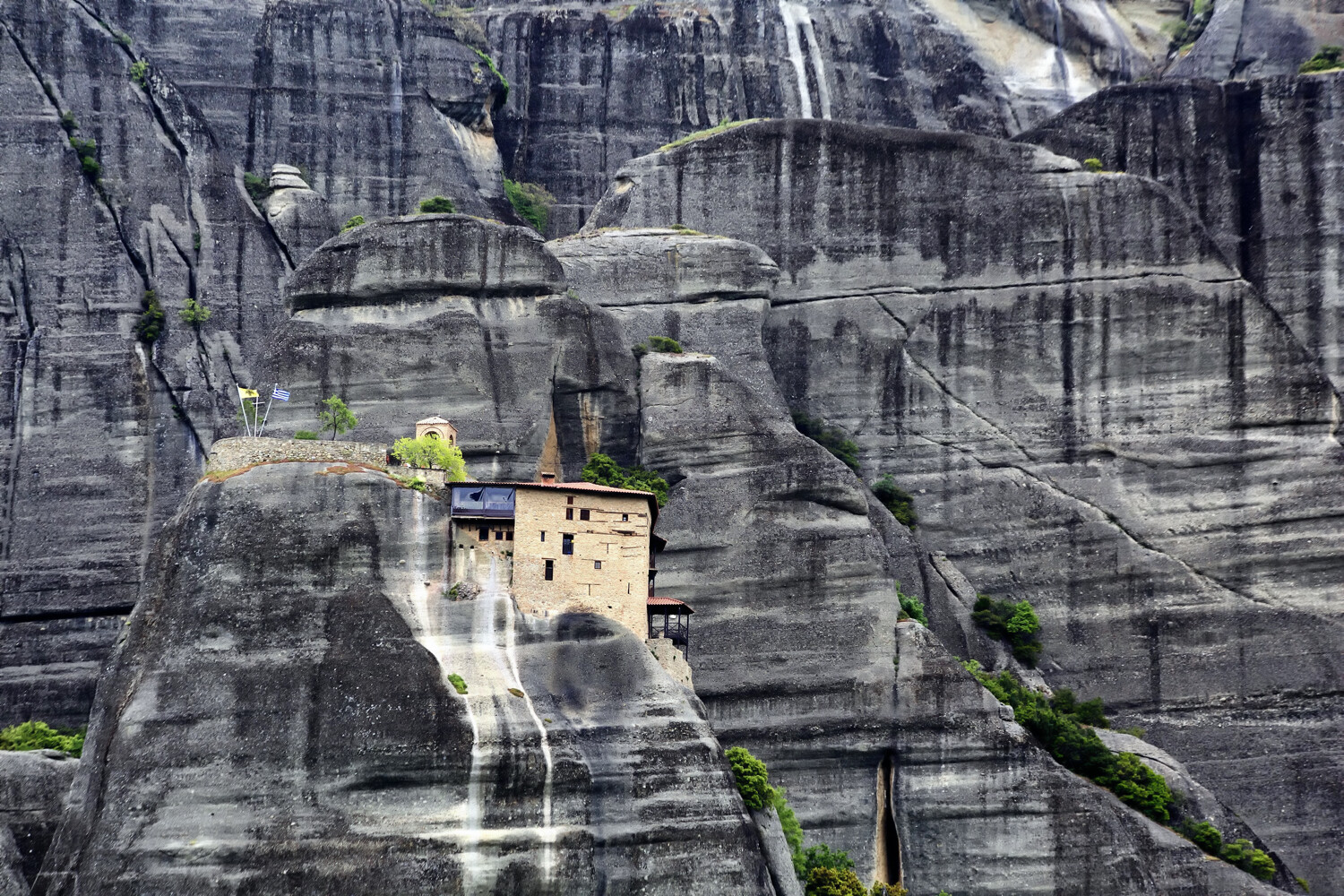The post Tips for Using Photographic Minimalism to Great Effect appeared first on Digital Photography School. It was authored by Simon Bond.
In today’s article, you’ll learn a key tip for improving your photography. After all, when you understand that photography is the art of subtraction, it makes sense that minimalism works so well for photography.
This means that employing photographic minimalism in your work will immediately improve your results. Let’s take a look at what minimalism is, where you’ll find it, and how to use it in your own photos.

What is minimalism?
Minimalism, as the name suggests, is about keeping things simple. It means avoiding clutter, which in photography equates to removing unwanted elements from your photos.
You do want a main subject, though; this is needed for the minimalist parts of your photos to have something to contrast with.
Key elements of photographic minimalism
The great thing about minimalism is that it can be applied to almost every genre of photography, including portrait, landscape, and still life. The only area where minimalism doesn’t always work well is street photography, where you often want to show more of the scene.
Therefore, the key aspects of photographic minimalism are the following:
- Negative space: This refers to an area of empty space in your photo. The negative space still needs to work compositionally, but that space is what will give your photo its minimalism.
- Small main subject: The main subject should not fill the frame. It needs to be present, but have enough space around it for the photo to breathe.
- Avoid clutter: When you compose a photo, do so in such a way that you include the main subject and the background with little else.

The best location for photographic minimalism
It’s possible to produce photographic minimalism in almost any location.
The important factors are the angle you photograph at and the focal length of your lens. Here are a few possible ideas you can use:
- Minimal locations: Places like coastlines and deserts offer minimalism pretty much wherever you point the camera.
- Urban settings: Look for a plain wall and use this as a background for a minimalist portrait.
- A shard of light: Go for low-key minimalism by locating a shard of sunlight, or by putting a snoot on a flash and aiming it at a person. Then expose for the light on that person, while leaving the background underexposed and dark.
- Product photos: Use a lightbox to produce high-key product photos that are surrounded by white (or by the background color that you choose).

Which lens works best?
The lens that works best for minimalism will depend a lot on the location you’re photographing. It may be hard to produce minimalism with a wide-angle lens in an urban setting, but take the same lens to a desert and it’ll do a great job. The following is a guide to help you choose the correct lens:
- Wide-angle: Use a wide-angle lens in a location where you can fill the frame with one particular background. That background will often be the sky, but could equally be rolling green hills. This works best in rural areas.
- Telephoto: It’s easier to produce minimalism when you use a telephoto lens. This is because you can zoom in on a specific area to avoid elements that clutter the frame. When using a long focal length, ensure there is enough negative space around your main subject.

Change the angle
A simple change of angle can have a big impact on your photos and help you produce photographic minimalism. Stepping to the side or crouching down to the ground can be all it takes to remove a distracting element from your composition.
Here are some options that will turn a cluttered scene into a minimalist one:
- A bird’s-eye view: This works best where you have fields or a coastline, so the location is already minimalist.
- Crouching below a wall: Use a wall as the horizon line and aim up towards the sky. The wall blocks out the usually busy horizon, and you can add a person as a silhouette against the sky.
- Compression: I already talked about this in the section about lenses and focal length, but zooming in to remove distracting elements from the edge of the frame works well.
- Move to the side: A single step can be all it takes to change the background from cluttered to minimal.

Post processing can help
Now, it’s best to get your photo right from the start and simply change your position so that you can compose a minimalist photo.
That said, there are times that creating a minimalist composition in-camera isn’t possible, yet the photo is still very much there to be taken. There could be a lamppost or an electric pylon that comes into your frame.
Fortunately, it’s increasingly easy to clone out unwanted elements from your photo. And once you’ve done that, you’ll have created minimalism.

Maximize your photos with minimalism!
A lot of successful photos use minimalism to great effect. Are you a minimalist with your photography? If so, how do you go about taking photos in the minimalistic style? If you have ideas and photos you’d like to share, please do so in the comments section below.
Now it’s time to maximize your creativity with photographic minimalism!
The post Tips for Using Photographic Minimalism to Great Effect appeared first on Digital Photography School. It was authored by Simon Bond.
it's from Digital Photography School https://ift.tt/34ffJlV
via Simon Bond
No comments:
Post a Comment